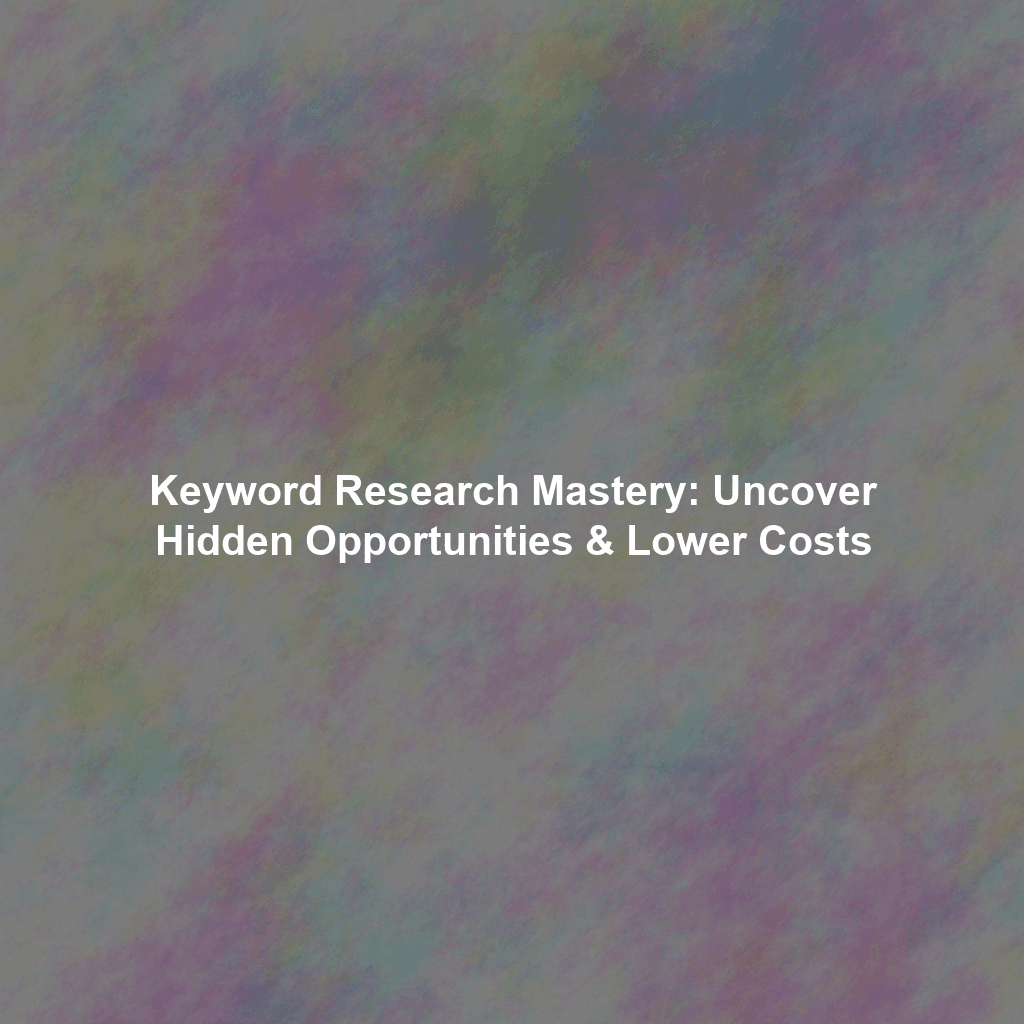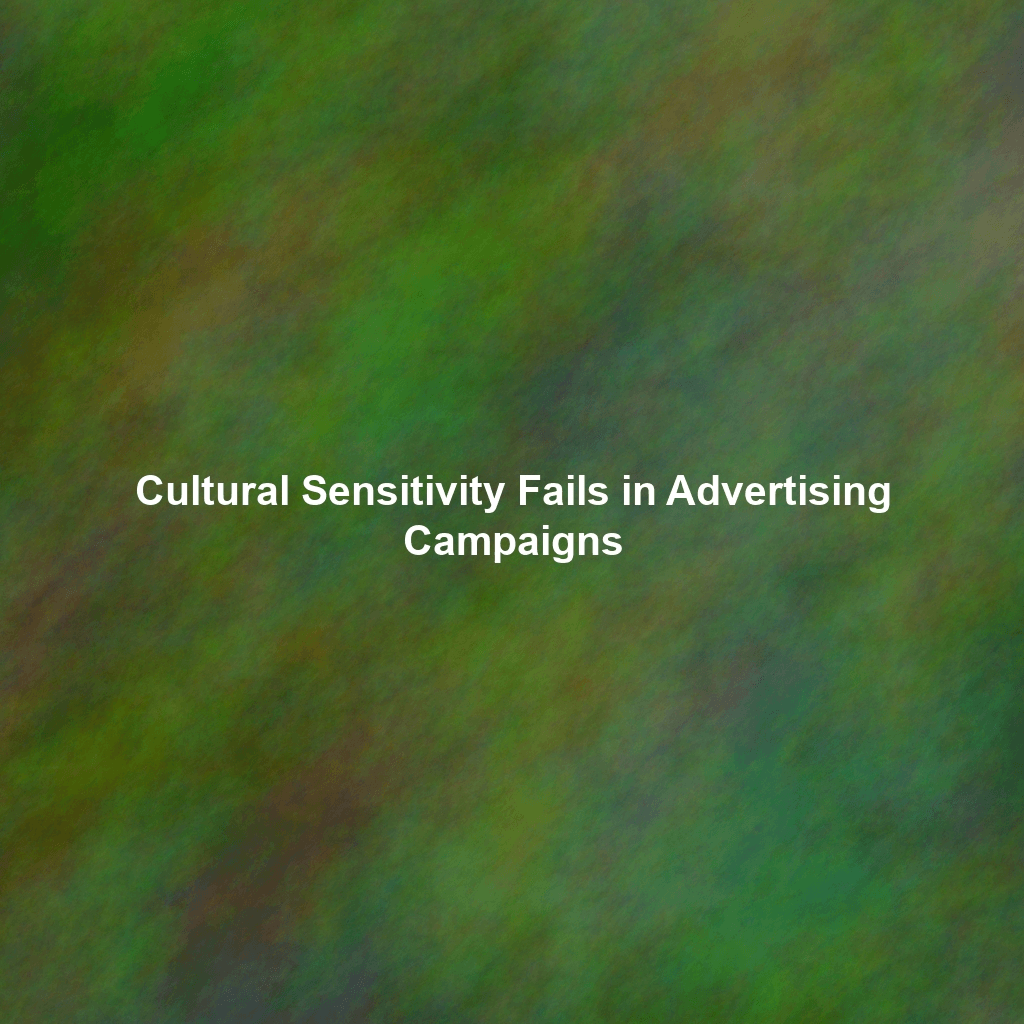Introduction: Level Up Your PPC Game with Smart Keyword Research
Understanding Search Intent: The Key to Laser-Focused Targeting
Keywords are more than just words; they represent user intent. Understanding *why* someone is searching for a particular phrase is crucial for crafting highly relevant ads and landing pages. This goes beyond simply identifying whether a keyword is informational, navigational, or transactional. It’s about understanding the specific need the user is trying to fulfill.
Four Primary Types of Search Intent:
- Informational: Users are looking for general information on a topic. Example: “how to change a car tire”
- Navigational: Users are trying to reach a specific website or page. Example: “Facebook login”
- Transactional: Users are ready to make a purchase. Example: “buy running shoes online”
- Commercial Investigation: Users are researching products or services before making a purchase decision. Example: “best laptops for video editing”
By accurately mapping keywords to their underlying search intent, you can tailor your ad copy and landing page content to directly address the user’s needs, increasing click-through rates (CTR) and conversion rates. For example, if a keyword indicates transactional intent, your ad should focus on offers, pricing, and calls to action that encourage immediate purchase. If the intent is informational, provide valuable content that establishes you as a trusted resource.
Unearthing Hidden Opportunities: Long-Tail Keywords and Niche Targeting
Competing for broad, high-volume keywords is often expensive and difficult. Long-tail keywords – longer, more specific phrases – offer a significant advantage. They typically have lower search volume, but higher conversion rates because they target a more specific audience with a more defined need.
The Power of Long-Tail Keywords:
- Lower Competition: Fewer businesses are bidding on these keywords, resulting in lower cost-per-click (CPC).
- Higher Conversion Rates: These keywords often represent users who are further along in the buying process and know exactly what they’re looking for.
- Improved Quality Score: More specific keywords allow you to create highly relevant ads and landing pages, boosting your Quality Score and further reducing your CPC.
Finding long-tail keywords requires creative thinking and the use of various keyword research tools. Think about the specific problems your product or service solves and how your customers might search for solutions. For example, instead of “running shoes,” consider “lightweight running shoes for marathon training” or “running shoes for overpronation on asphalt.”
Niche Targeting:
Similar to long-tail keywords, focusing on niche markets can uncover overlooked opportunities. Identify specific demographics, industries, or interests that align with your product or service. Tailor your keyword research to reflect the unique language and needs of these niche groups. For example, if you sell project management software, you might target “project management software for construction companies” or “agile project management tools for startups.”
Competitive Analysis: Spying on Your Rivals (Ethically!)
Understanding your competitors’ keyword strategies is essential for identifying gaps in your own campaigns and discovering new opportunities. This doesn’t involve unethical practices; it’s about analyzing publicly available data to gain insights into what’s working for them and what’s not.
Tools for Competitive Keyword Analysis:
- SEMrush: A comprehensive tool for analyzing competitor keywords, ad copy, and website traffic.
- Ahrefs: Another popular tool for keyword research, backlink analysis, and competitor analysis.
- SpyFu: Focuses on competitor keyword analysis and ad spend tracking.
- Google Ads Auction Insights: Provides data on your competitors’ impression share and overlap with your own keywords.
By analyzing your competitors’ top-performing keywords, you can identify valuable terms you might be missing and uncover opportunities to outbid them or target similar keywords with more compelling ad copy and landing pages. Pay close attention to the keywords they’re *not* bidding on – these might represent untapped opportunities for your business.
Leveraging Keyword Research Tools: Beyond the Basics
While Google Keyword Planner is a great starting point, it’s important to explore other keyword research tools to uncover a wider range of keywords and gain deeper insights into search trends and competition.
Advanced Keyword Research Tools and Techniques:
- AnswerThePublic: Provides insights into questions and concerns people have related to your keywords. Use these insights to create engaging content and address user pain points in your ads and landing pages.
- Soovle: Aggregates keyword suggestions from multiple search engines, including Google, YouTube, Amazon, and Bing.
- Google Trends: Helps you identify trending topics and keywords, allowing you to capitalize on current events and seasonal trends.
- Keyword Clustering: Grouping related keywords together to create more focused ad groups and landing pages. This improves relevancy and Quality Score.
- Using Modifiers: Adding modifiers to your keywords (e.g., “cheap,” “best,” “review”) to target specific user intent and filter out irrelevant traffic.
Experiment with different tools and techniques to find the ones that work best for your business and industry. Don’t be afraid to think outside the box and combine different methods to uncover hidden opportunities.
Refining Your Keyword List: Match Types and Negative Keywords
Simply having a list of keywords isn’t enough. You need to carefully select the appropriate match types and implement negative keywords to control your ad spend and ensure you’re targeting the right audience.
Understanding Keyword Match Types:
- Broad Match: Shows your ads for searches that are related to your keyword, even if they don’t contain the exact words. Offers the widest reach but can also lead to irrelevant traffic.
- Broad Match Modifier (+keyword): Shows your ads for searches that contain the modified word or close variations. Provides more control than broad match.
- Phrase Match (“keyword”): Shows your ads for searches that contain the exact phrase or close variations. Offers a balance between reach and control.
- Exact Match ([keyword]): Shows your ads for searches that exactly match your keyword or close variations. Provides the most control but can limit your reach.
Start with a mix of match types, but closely monitor your campaign performance and adjust accordingly. Experiment with different match types to find the optimal balance between reach and relevance.
The Importance of Negative Keywords:
Negative keywords prevent your ads from showing for irrelevant searches, saving you money and improving your campaign performance. Identify terms that are related to your keywords but not relevant to your business (e.g., “free,” “jobs,” “used”). Regularly review your search terms report to identify new negative keyword opportunities.
Monitoring, Measuring, and Iterating: The Continuous Cycle of Optimization
Keyword research is not a one-time task; it’s an ongoing process. Continuously monitor your campaign performance, track key metrics, and iterate based on the data you collect.
Key Metrics to Track:
- Click-Through Rate (CTR): Measures the percentage of people who click on your ads.
- Conversion Rate: Measures the percentage of people who complete a desired action (e.g., purchase, sign-up).
- Cost-Per-Click (CPC): Measures the average cost you pay for each click on your ads.
- Cost-Per-Acquisition (CPA): Measures the average cost you pay to acquire a new customer.
- Quality Score: A metric that Google uses to assess the quality and relevance of your ads and landing pages.
Analyze your data to identify underperforming keywords and areas for improvement. Refine your keyword list, adjust your match types, and optimize your ad copy and landing pages based on the insights you gain. A/B test different ad variations to see which ones resonate best with your target audience.
Conclusion: Keyword Research – The Gift That Keeps On Giving
Mastering keyword research is an investment in the long-term success of your PPC campaigns. By understanding search intent, leveraging long-tail keywords, analyzing your competitors, and continuously optimizing your campaigns, you can uncover hidden opportunities, drive down costs, and achieve a higher return on your advertising investment. Embrace the process, stay curious, and never stop learning. The world of search is constantly evolving, and a proactive approach to keyword research is the key to staying ahead of the curve.
 Skip to content
Skip to content

